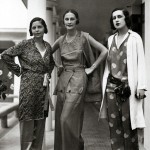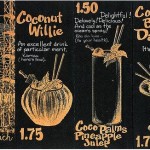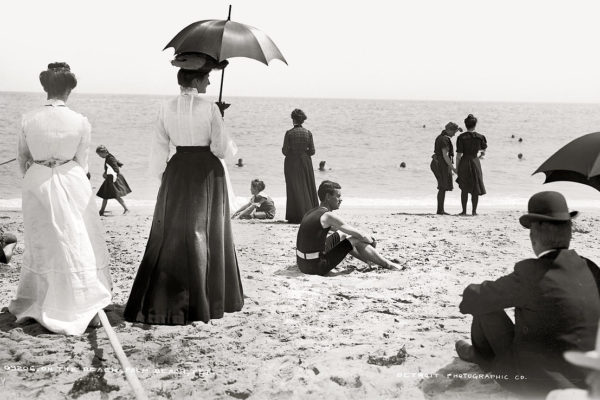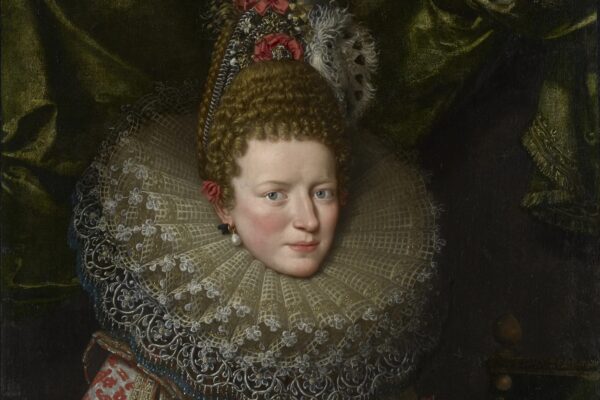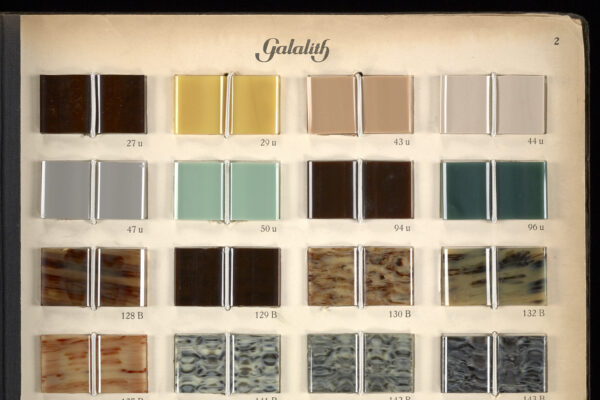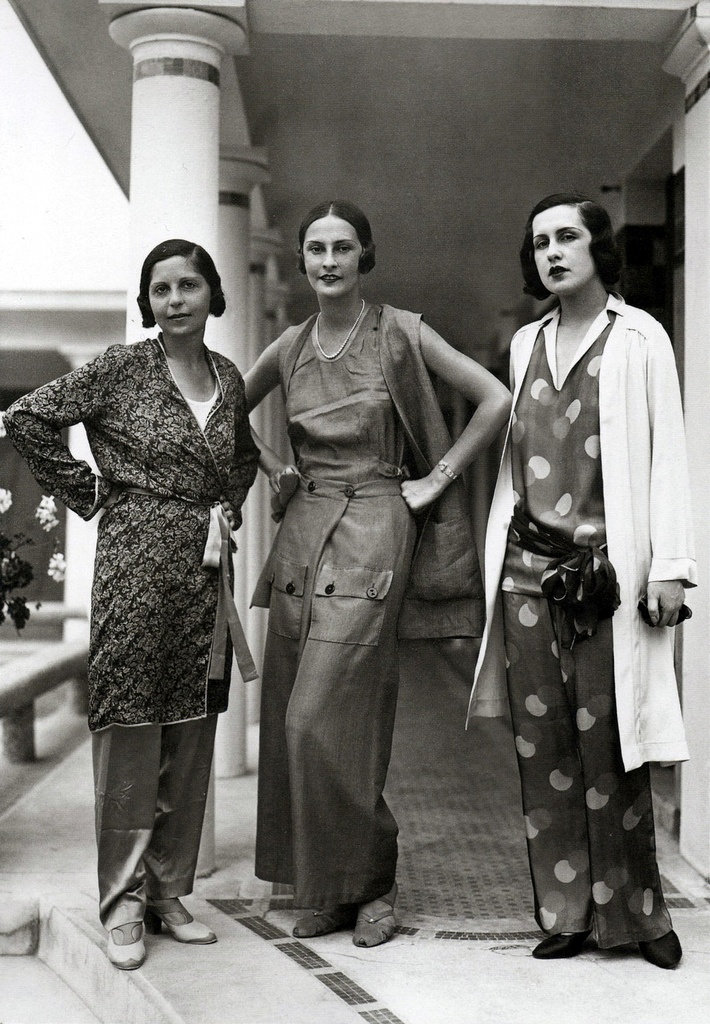
© Séeberger Brothers
Before the bikini, fashionable ladies donned “beach pyjamas” all along the world’s most stylish coastal towns. The swishy palazzo-like pants and jumpsuit styles shocked the public in the interwar years, while we, on the other side of the second millennium, find some serious beach-going inspiration.
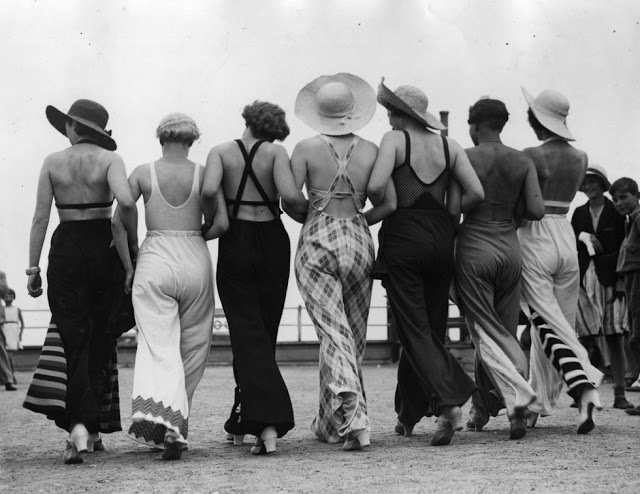
© Getty
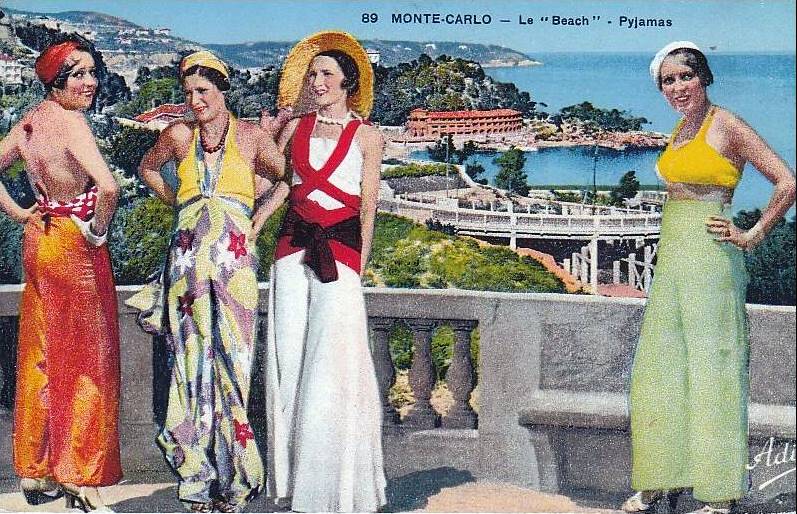
via La Mode Pyjama
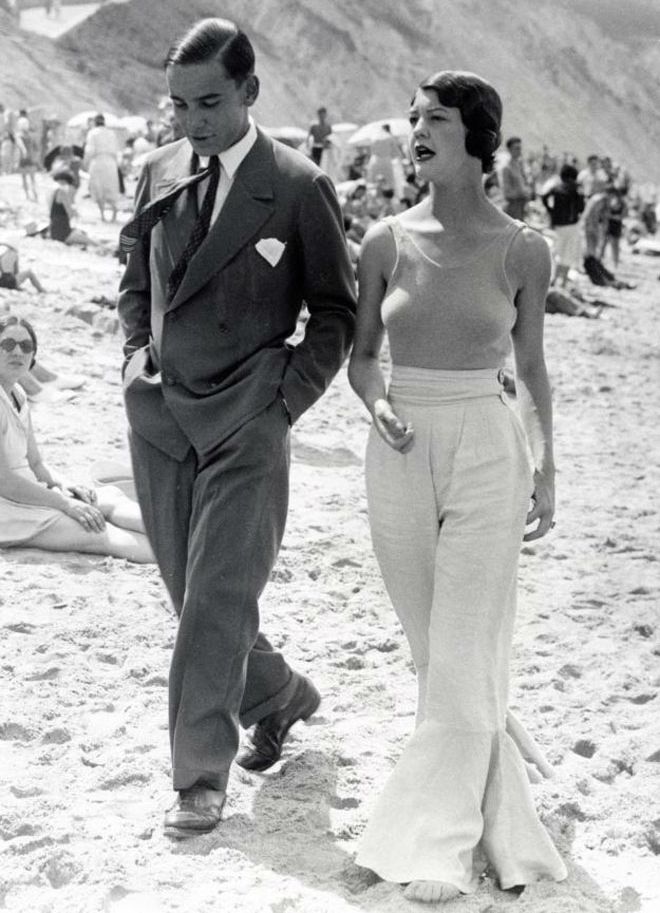
A couple on the beach in Biarritz, France (1930) © Nationaal Archief, The Netherlands
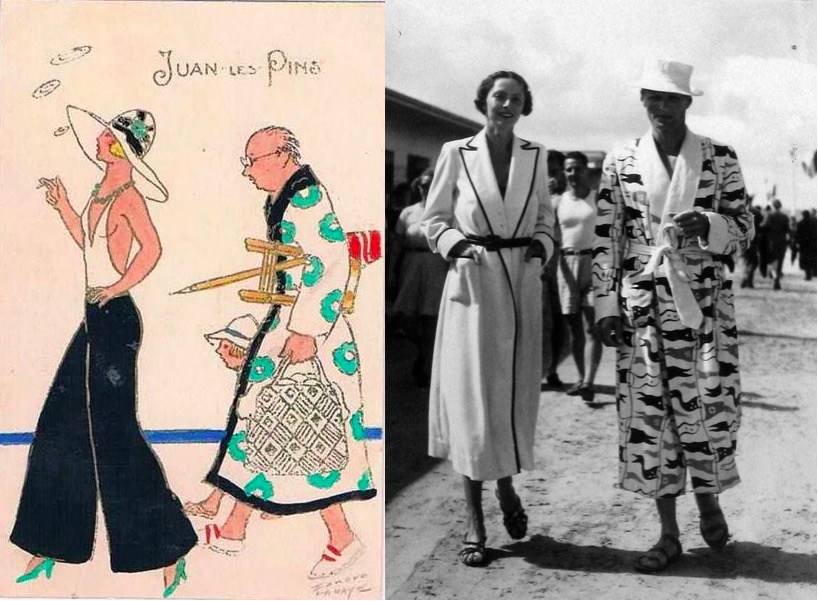
Illustration via La Mode Pyjama / Photo © Séeberger brothers
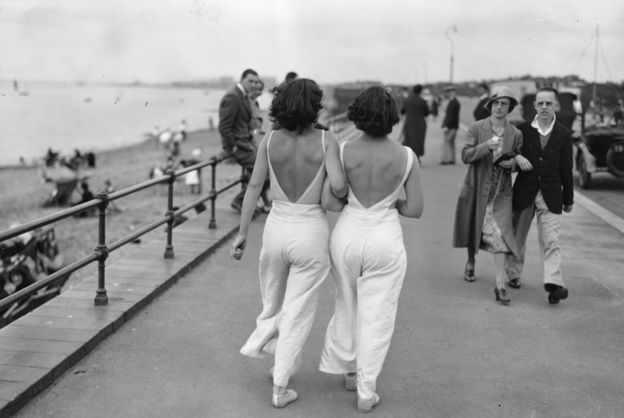
© Getty
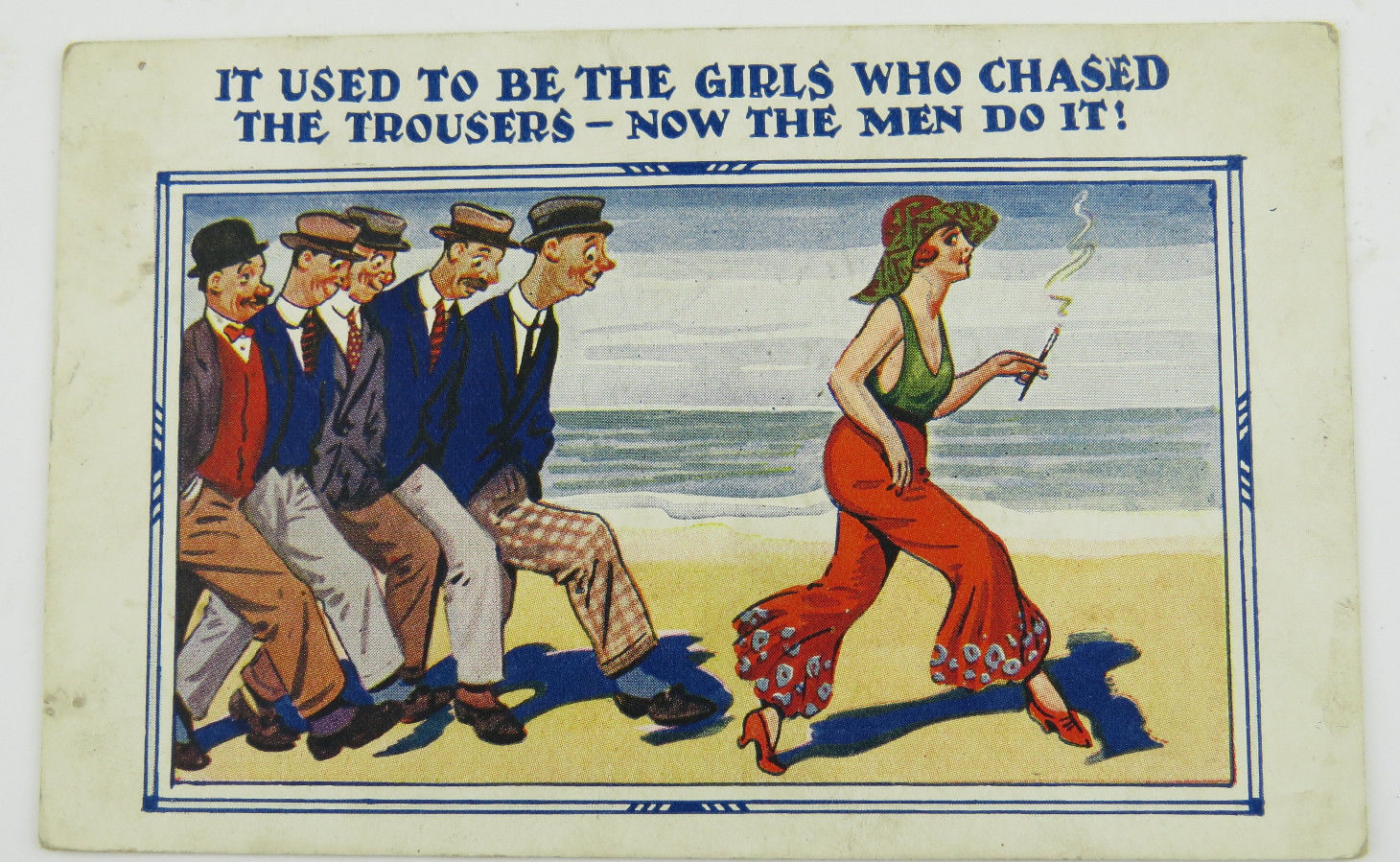
But what made the “beach pyjama” so shocking? As with much of 1920s women’s dress, it crossed gender lines. Up until this point, only men wore the “pyjama” style—a lightweight style fitted with drawstring waistbands adopted by British colonial powers from Indian Muslims in the 1800s. The English word itself, pyjama, derives from pāy-jāma in the Urdu language, which was borrowed from the Persian pāy-jāmeh, meaning ‘leg garment’ and unrelated to sleeping.
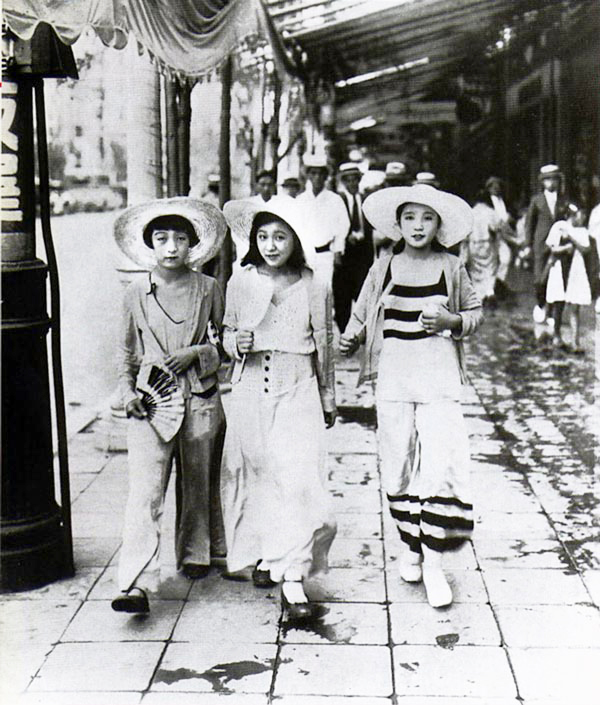
Young moga (modern girls) walk down a Ginza street in 1928 dressed in ‘Beach Pyjama Style.’ © Kagayama Kyoyo
Ladies of the time, at least in these same colonised territories, almost exclusively wore night gowns for sleepwear and dresses or skirt sets of varying shapes during the day. With the beach pyjama however, the “modern girl” could roam beach-side towns with greater freedom, walking unhindered by sand and sun.
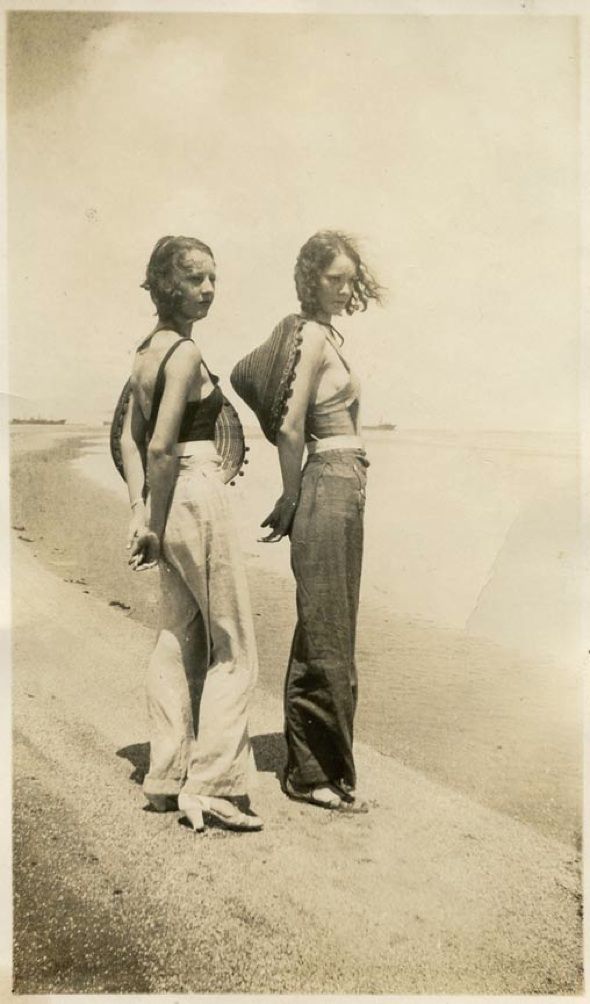
Thus, trouser styles became a fixture of women’s fashion. This particular outfit also spurred clothing targeted specifically towards resort lovers; many couturiers now have annual “Resort” collections.
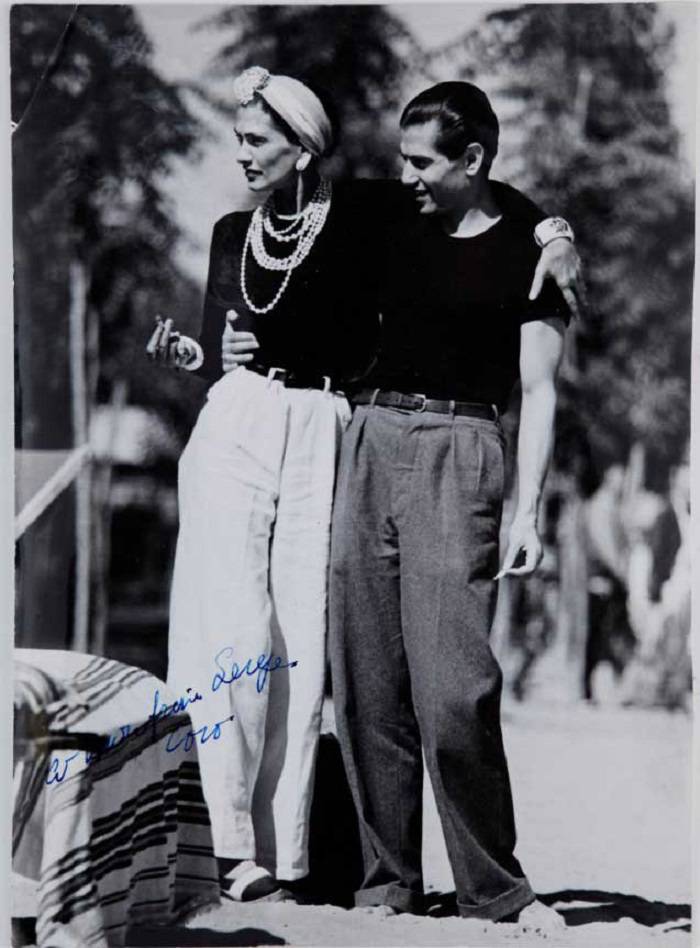
Coco Chanel and Serge Lifar.
Coco Chanel herself wore the recognizable outfit during her visits to the famous Riviera resort town of Juan-les-Pins shortly after the Great War, and popularized the style for the modern woman in 1922 with one of her collections.
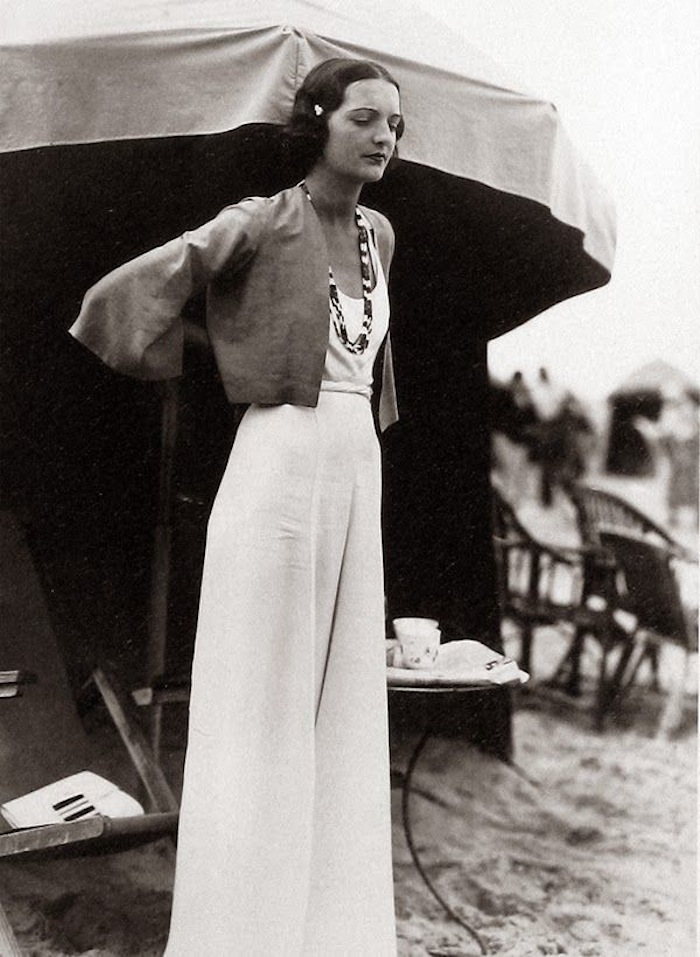
© Séeberger brothers, the photographers who documented the birth of street style (read more)
The sparkling Côte d’Azur of decades past simply would not impart that same vintage resort-hopping elegance without the image of wide-leg trouser clad A-listers gracing its shores. Or perhaps Fitzgerald’s characters would not seem so quintessentially art deco in the reader’s mind.
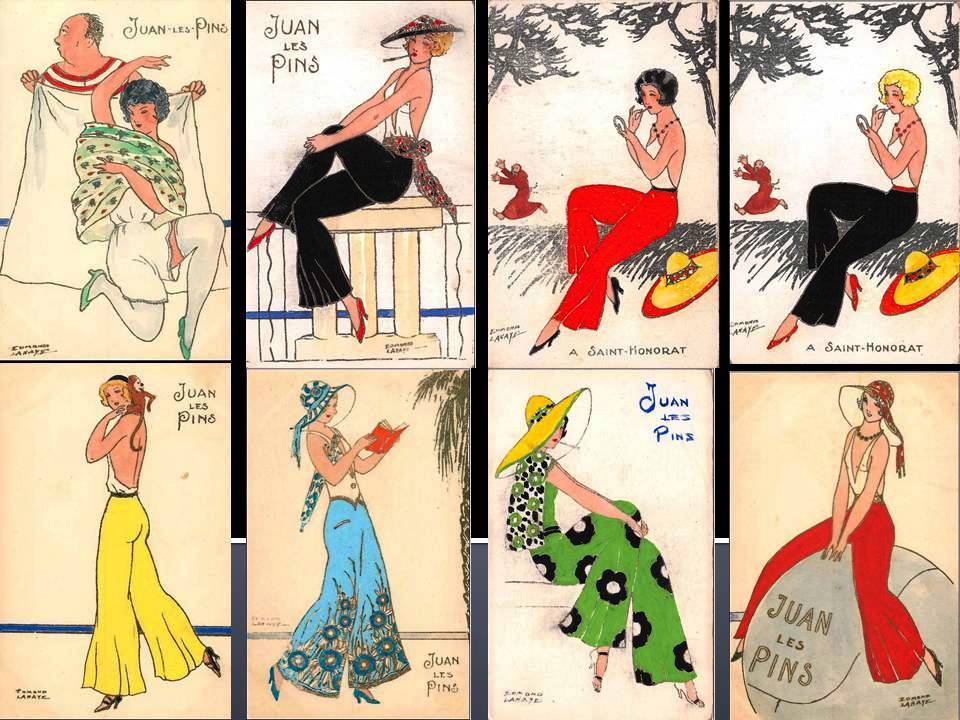
via La Mode Pyjama
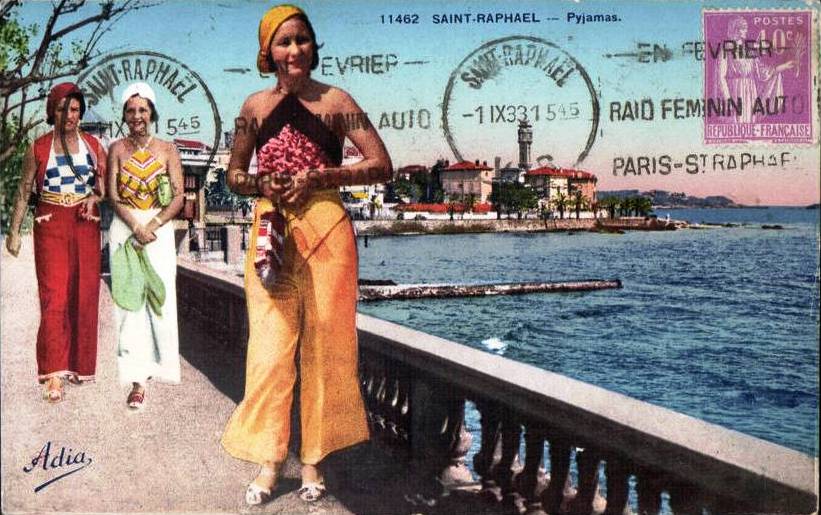
via La Mode Pyjama
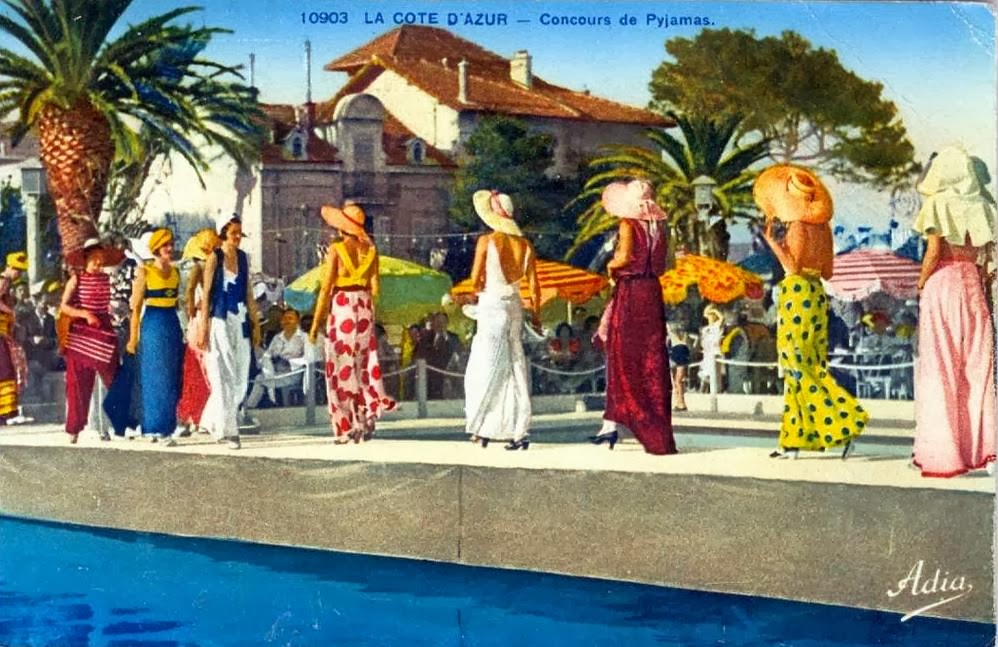
via La Mode Pyjama
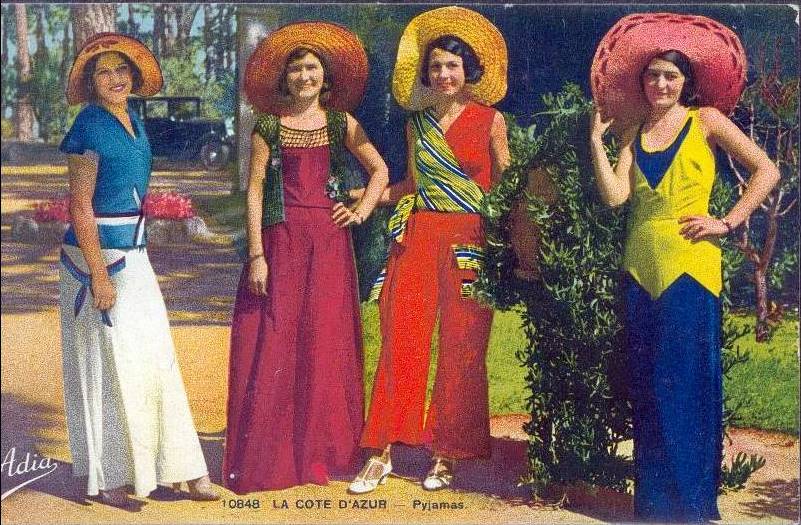
via La Mode Pyjama
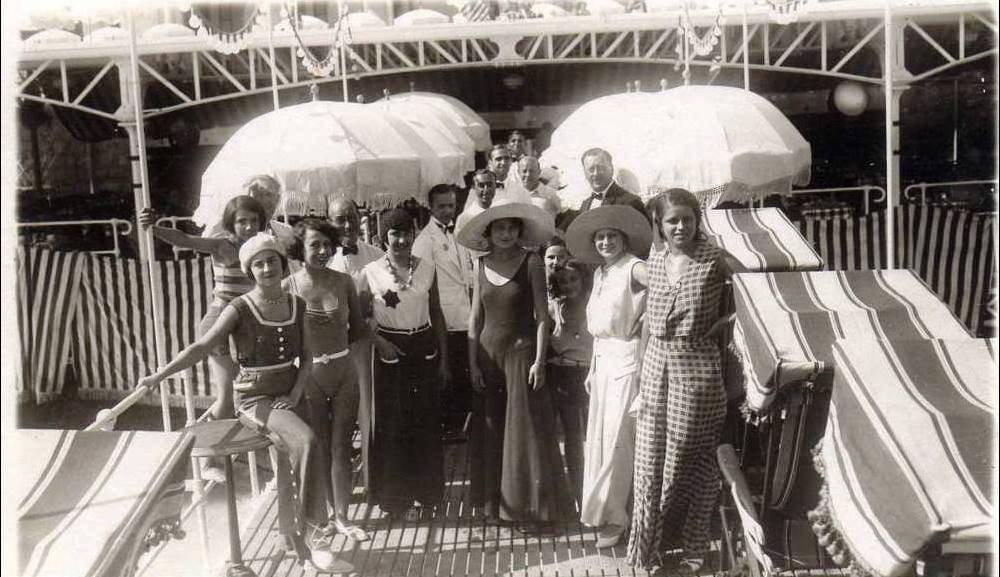
via La Mode Pyjama
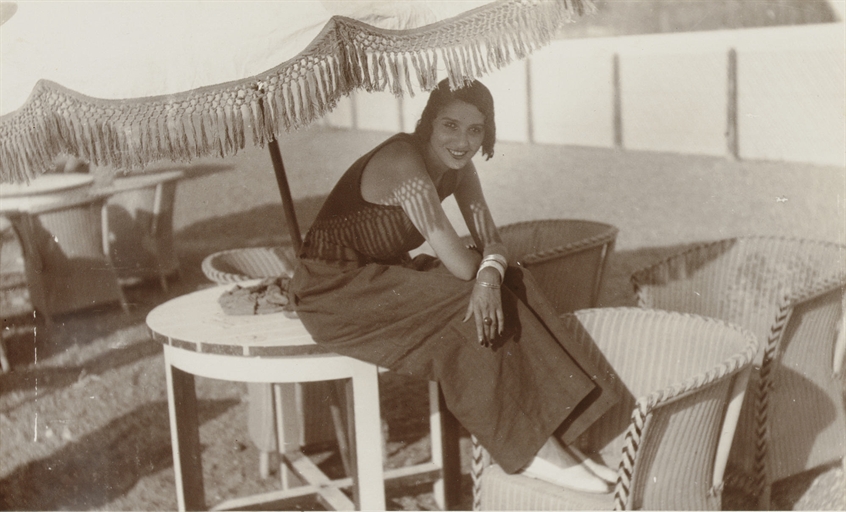
Pictured above and below, Jacques-Henri Lartigue’s Forgotten Muse of the French Riviera, Renée Perle (read more).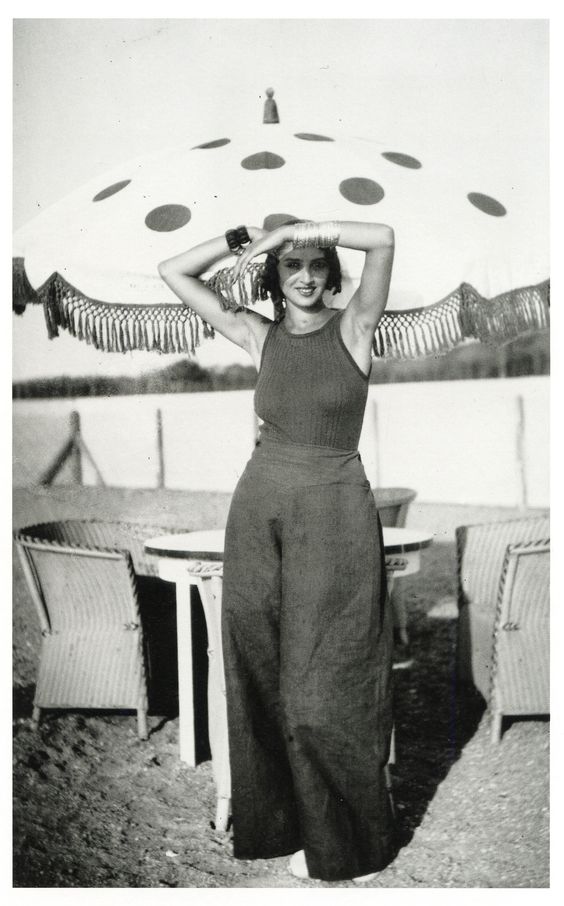
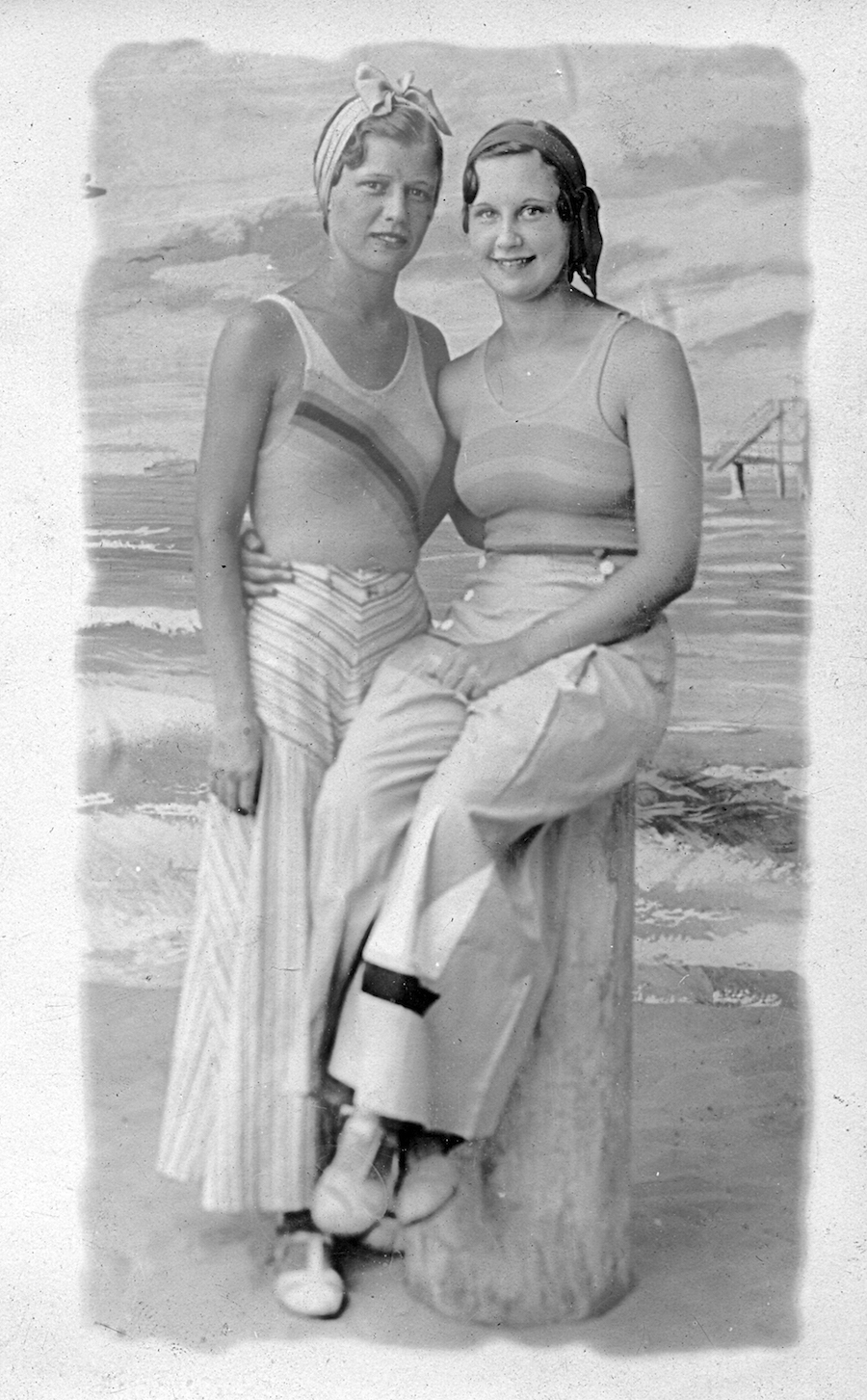
PLGjr © Flickr
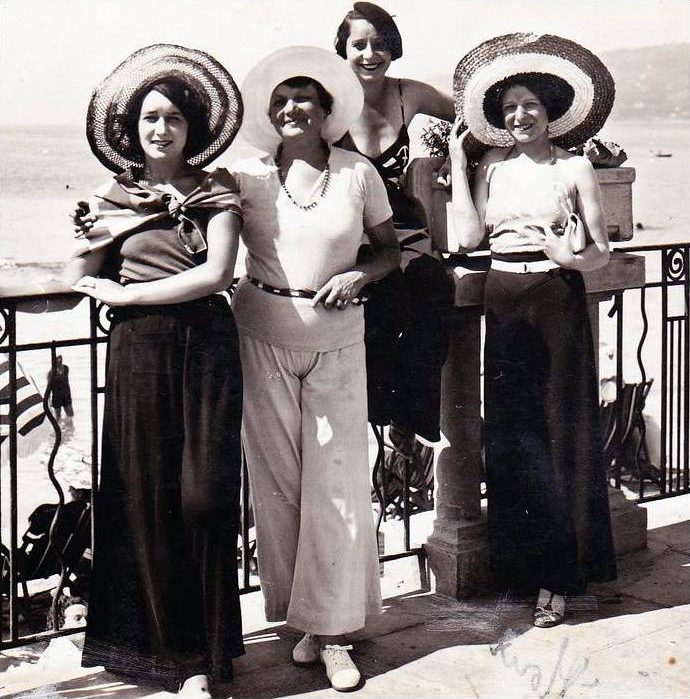
via La Mode Pyjama
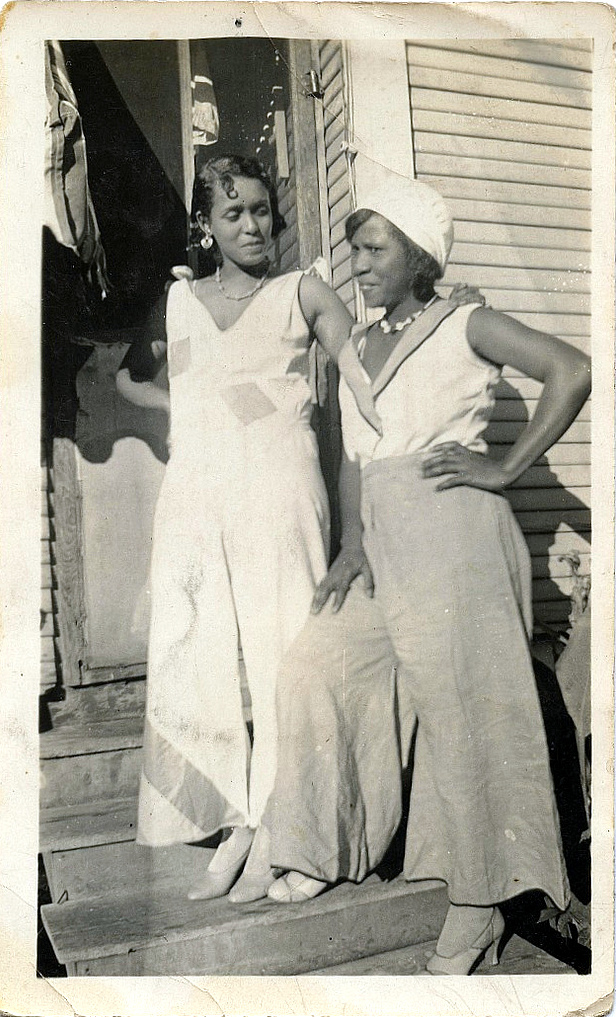
via La Mode Pyjama
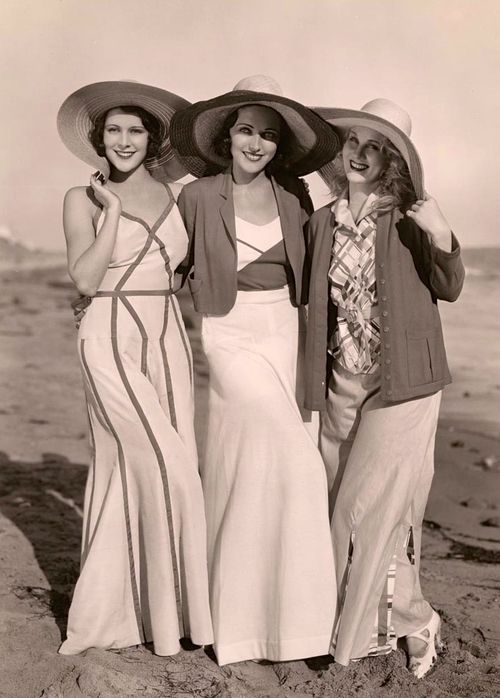
via La Mode Pyjama
The 40s saw a regression from androgynous beachwear styles like the beach pyjama in favor of more effeminate silhouettes, like the bikini. But the glamourous 1930s fashion left a legacy beyond the Riviera’s sandy shores. It influenced wide-leg pant styles for decades to come, including the “palazzo” pant of the 60s.
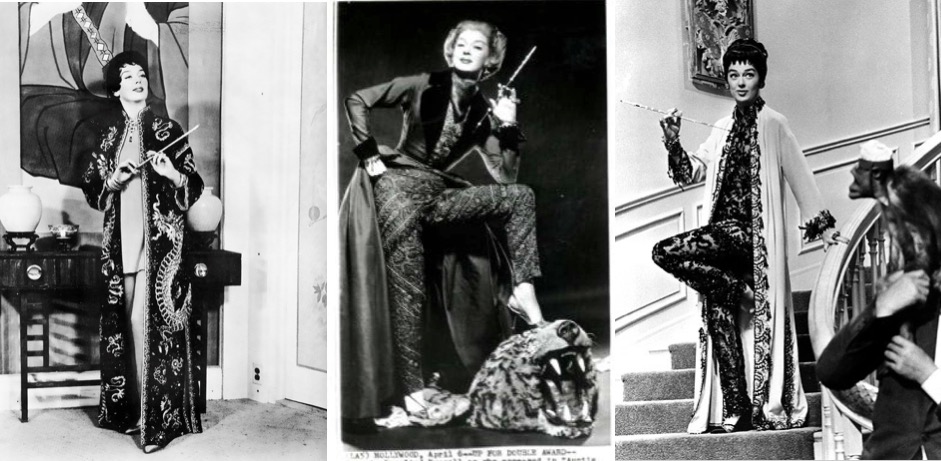
Rosalind Russell wearing hostess pyjamas as Auntie Mame, found on Chron
Some might also remember the days of “hostess pyjamas”; from the 1930s through the 1970s, women might wear hostess pyjamas while entertaining in their homes when they wanted to impart a casual and relaxed atmosphere for their guests.
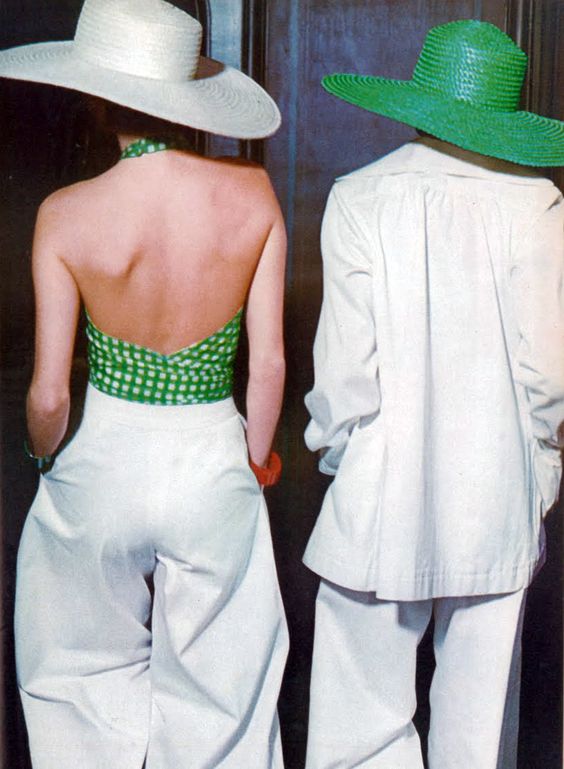
1970s Yves Saint Laurent in Vogue
Pyjama dressing has experienced a fashion world resurgence in the past several years. But with the renaissance of the previously controversial trend comes yet more controversy. Pyjamas, once pulled out of men’s fashion and the bedroom, have now gone from the white sandy beaches to the school run and trips to the supermarkets. According to an article on the BBC, fashion commentator Clinton Kelly remarked says there’s been a “downward spiral of style” over the previous decade, where some adults feel they have “permission not to care” about sartorial standards.
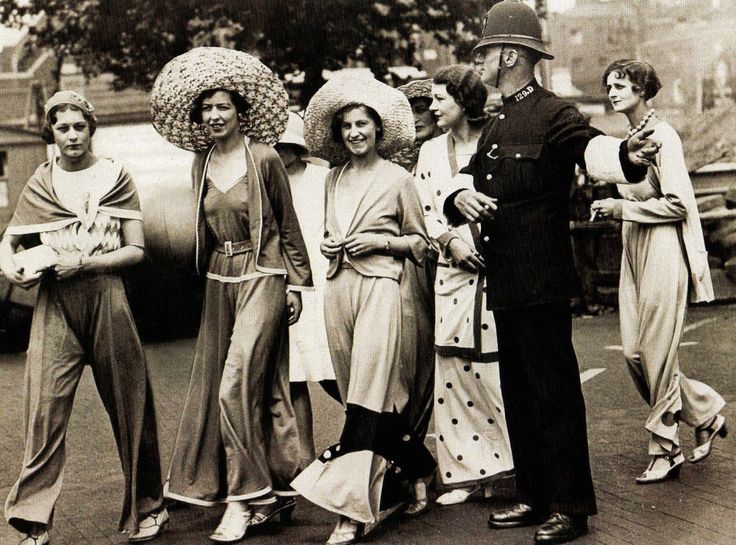
Love it or hate it, pyjama fashion will likely not be disappearing anytime soon, which is good news for the avant-garde vacationers or fashionistas in our midst. And as Coco Chanel once said, “It is always better to be slightly underdressed.”



